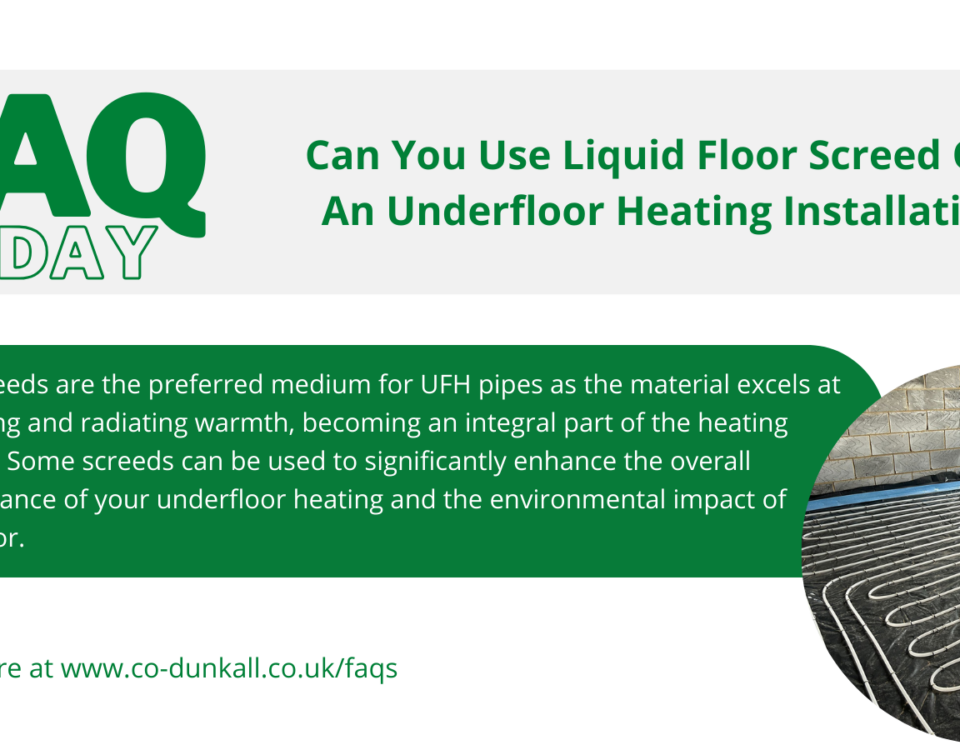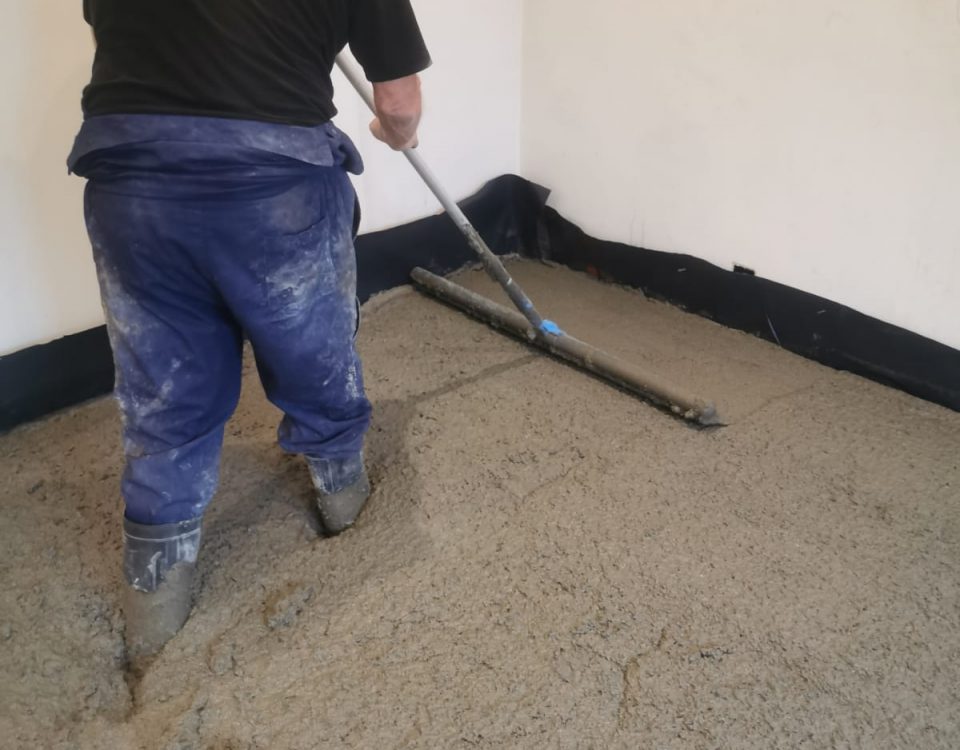Roman underfloor heating, or the “hypocaust” system, is a fascinating precursor to modern underfloor heating systems and offers valuable insights into the history of floor screed and underfloor heating.
- **Hypocaust System and Floor Screed: The Roman hypocaust system was a pioneering development that included the innovative use of floor screed. In this system, the floor, often made of stone or tiles, was elevated on a network of pillars, creating a space beneath it. This underfloor space was a crucial component where the hot air generated by a furnace or an open fire would flow through. In many cases, a sand and cement screed was used to create a level and stable surface within this underfloor cavity.
- Screed Floor and Efficient Heat Distribution: The concept of a “screed floor” in the hypocaust system served as a remarkable example of architectural innovation. This system enabled the efficient distribution of heat. The floor, often constructed using materials that retained and conducted heat effectively, ensured that warmth was radiated into the living space above, offering a comfortable environment.
- Screeding and Thermal Comfort: The process of “screeding” in the context of the hypocaust system involved carefully constructing the underfloor channels and the elevated floor structure. This meticulous process was critical for achieving thermal comfort within the Roman buildings, especially in the colder seasons.
- Screed Calculator for Precise Installations: While the Romans didn’t have modern technology, the concept of precise measurement and calculation was essential for successful screeding. Today, a “screed calculator” is a tool used by builders to determine the exact amount of materials like sand and cement screed or liquid screed required for a specific underfloor heating project.
- Finding Floor Screeders Near Me: In the modern context, if you’re planning an underfloor heating project, locating experienced “floor screeders near me” is crucial. These professionals have the expertise to ensure that the floor screeding process is done correctly, just as the Romans needed skilled labor for their hypocaust system.
- Liquid Screed and Flow Screed: While the Romans predominantly used sand and cement screed, modern underfloor heating often makes use of “liquid screed” or “flow screed.” These materials offer advantages in terms of efficiency, heat distribution, and ease of installation, making them ideal for underfloor heating systems.
- Screed for Underfloor Heating: The Romans were pioneers in incorporating screed in their hypocaust system to facilitate underfloor heating. Today, “screed for underfloor heating” is a well-established practice and is an integral part of creating efficient and comfortable heating systems.
In summary, Roman underfloor heating, combined with the application of various forms of screed, exemplifies ancient engineering and architectural innovation. It has left a lasting legacy, and many aspects of this historical practice have inspired and contributed to the development of modern underfloor heating systems, including the use of liquid screed and precise screed calculation methods.
Underfloor Heating Floor Screed
| floor screed |
| screed floor |
| screeding |
| screed calculator |
| floor screeding |
| floor screeders near me |
| liquid screed near me |
| flow screed |
| underfloor heating screed |
| liquid floor screed |
| flo screed |
| screed for underfloor heating |
| liquid screed for underfloor heating |
| sand and cement screed |
| flowscreed |
Thermal Lightweight Aggregate (TLA) | Free Flow Insulation | Co-Dunkall
Transmix Screed | Co-Dunkall, Screeding, Underfloor Heating & Insulation



